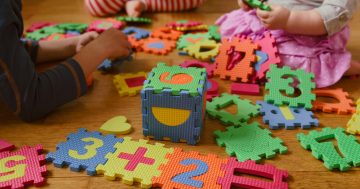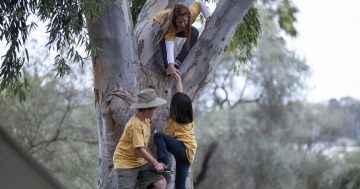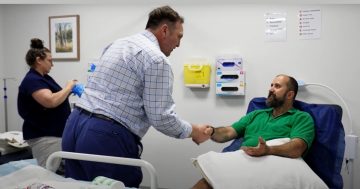 A new study by the University of South Australia has found that teaching children about pain when they’re young can help them better understand and respond to it when they’re older.
A new study by the University of South Australia has found that teaching children about pain when they’re young can help them better understand and respond to it when they’re older.
Researchers identified five key approaches that parents and caregivers can use when talking with young children about ‘everyday’ pain that can help their recovery and resilience after injury.
Lead researcher, Sarah Wallwork said that in Australia as many as one in four children, and one in five adults, experienced chronic pain, making it a crucial topic for public health.
“In this study, we investigated ‘everyday’ pains in children aged two-to-seven, asking experts from child health, psychology, development, resilience, as well as parents and educators, what they thought would promote children’s recovery and resilience after minor pains or injury,” Dr Wallwork said.
“The most important messages were to teach children about the meaning of pain; validate children’s pain; reassure children after an injury; support children’s emotions and involve children in their recovery.”
She said that whether it was falling from a bike or dealing with the often-dreaded vaccinations, everyday pain experiences were opportunities for parents to promote positive pain-related beliefs and behaviour.
“While it’s important to teach children that pain is our body’s alarm system and that it’s there to protect us, it’s equally important to understand that pain and injury do not always align,” Dr Wallwork said.
“Teaching children that they can have some control over their pain — and that how they feel on the inside can influence this — empowers them to actively engage with their own pain management.”










